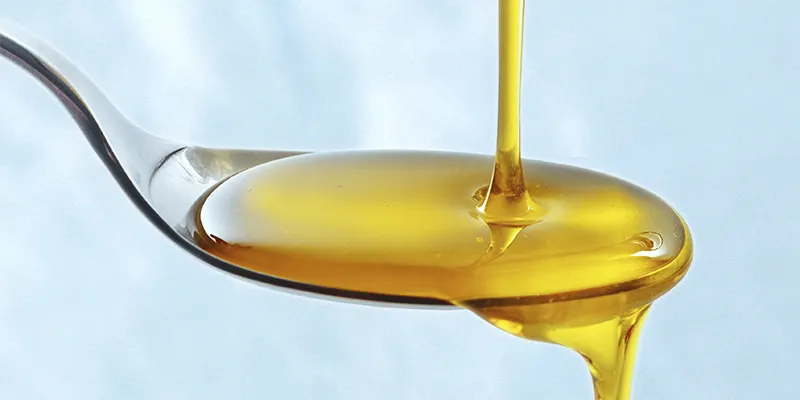Start typing to search posts!
Marine line


Today, even kids know about the benefits of regularly consuming omega-3 fatty acids. These substances play a crucial role in the proper functioning of the cardiovascular system, cognitive functions, and even skin condition. However, it's not always easy to get these valuable acids from our diet alone. What should we eat to meet our daily needs for DHA and EPA? Which supplement should we choose for the best results? What are the differences between fish oils and krill oil, and how does their composition affect absorption? Check out the key information about omega-3 to help you to make an informed choice when selecting supplements.


Do you want to ensure the proper development, the formation of the intellect, effective learning and optimal development of your child's cognitive functions? Make sure his or her plate is not lacking omega-3 fatty acids, which affect brain, vision and immune system functions from birth and even earlier.

Not sure if the omega-3 product you bought is fresh? Check the TOTOX indicator and see for yourself the quality of the oil.
Awareness about taking omega-3 fatty acids is still growing and more and more people are realising how important they are for the proper functioning of the body. Unfortunately, determining which product is of high quality is often quite problematic for the average consumer. It is worth knowing that not only the specific content of DHA and EPA or the study of environmental pollution is an indicator of the safety and effectiveness of using fish oil. The TOTOX indicator - although it may sound quite puzzling to many - is an important piece of information that allows you to determine the quality of the oil..

Do you supplement with Omega-3? Do you know how incredibly important they are for the proper functioning of the body? And do you know which form is best absorbed by the body and why?
Our body better absorbs Omega-3 in the form of triglycerides, which occur naturally in fish, and their content and composition depend on the type of fish and the latitude in which they live. Marine animals obtain them from phytoplankton (having the ability to biosynthesize EPA and DHA) and store them in their bodies.

If you’re wondering what Docosahexaenoic acid (DHA) and Eicosapentaenoic acid (EPA) is, the answer is that they are polyunsaturated fatty acids from the omega-3 family. Classed as essential fatty acids, our bodies are unable to produce them in the amounts needed to function properly. This means you need to top them up with food.

